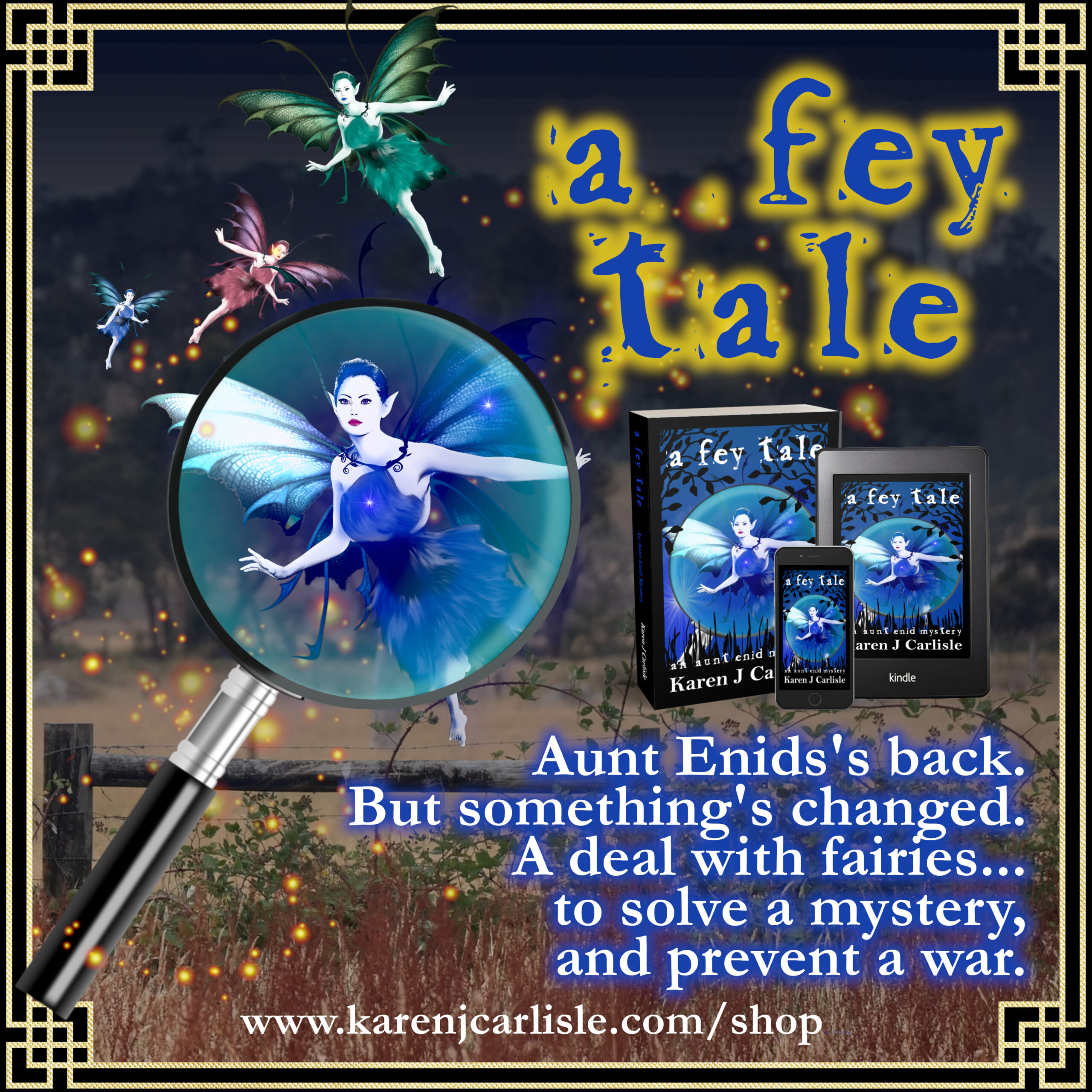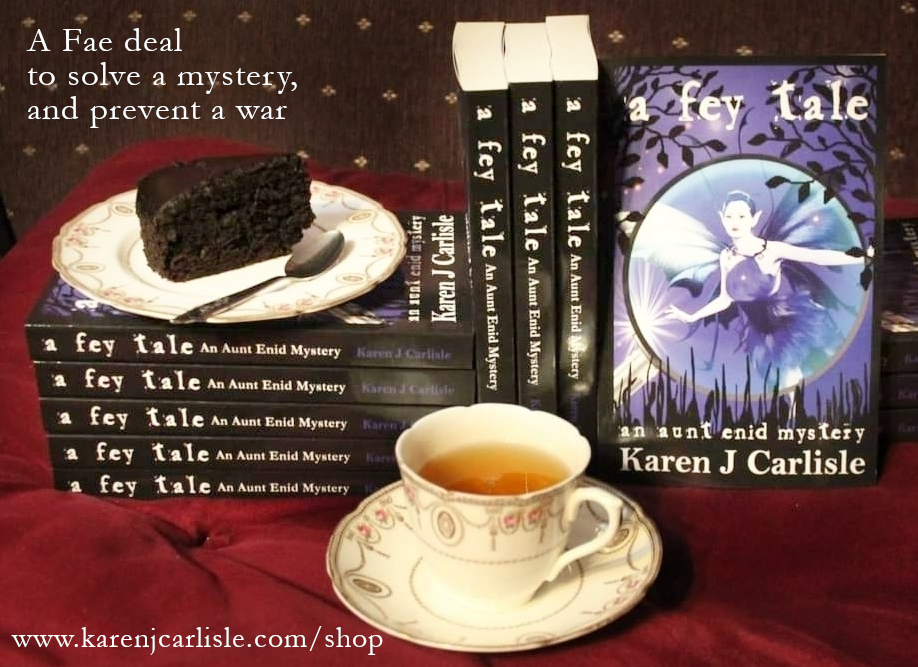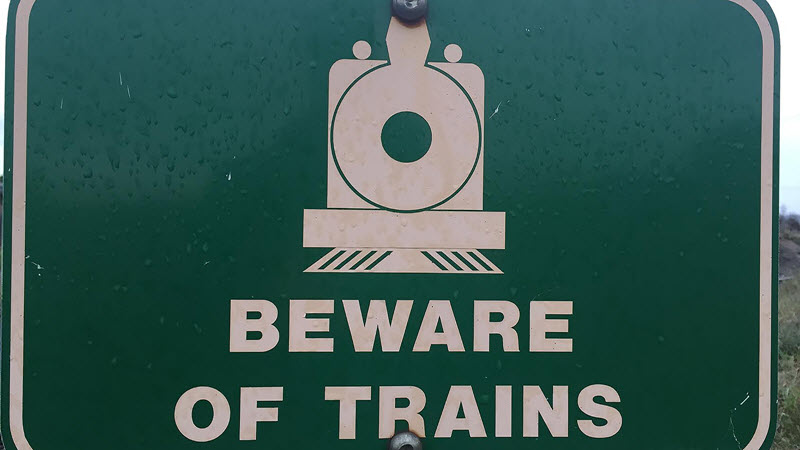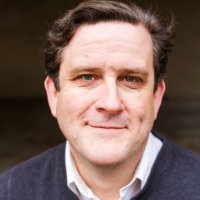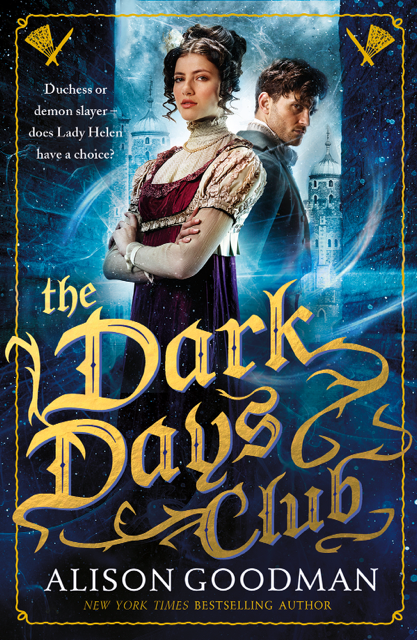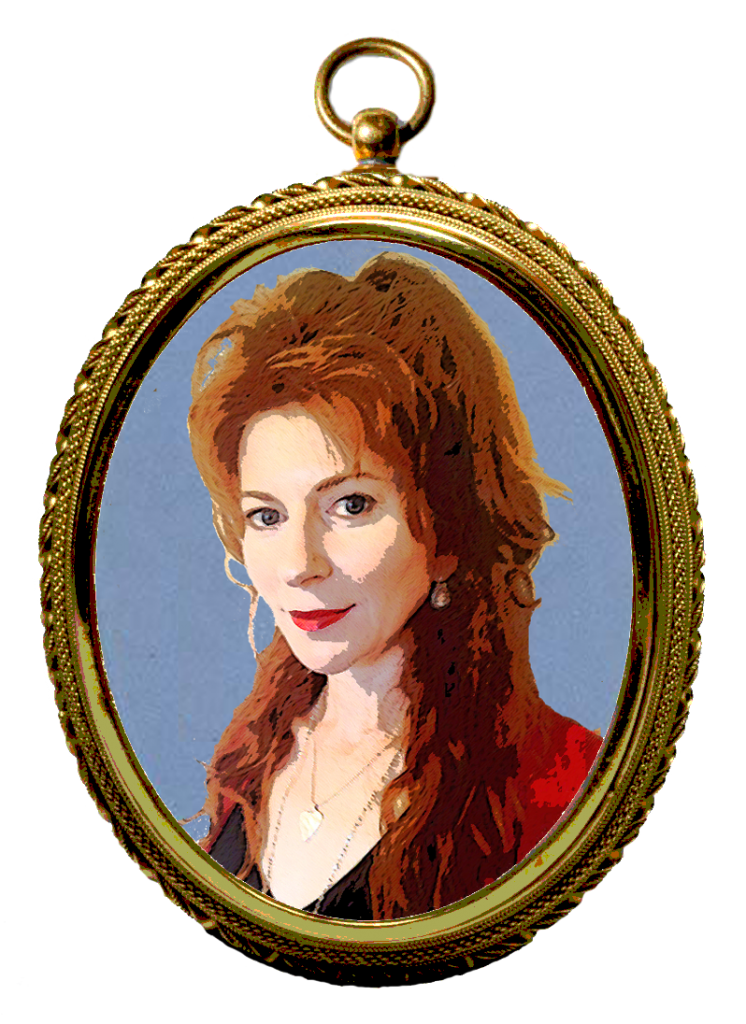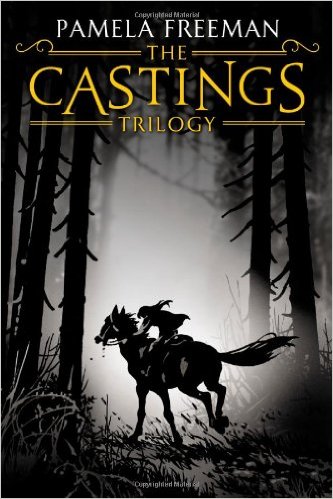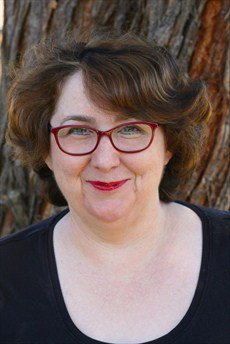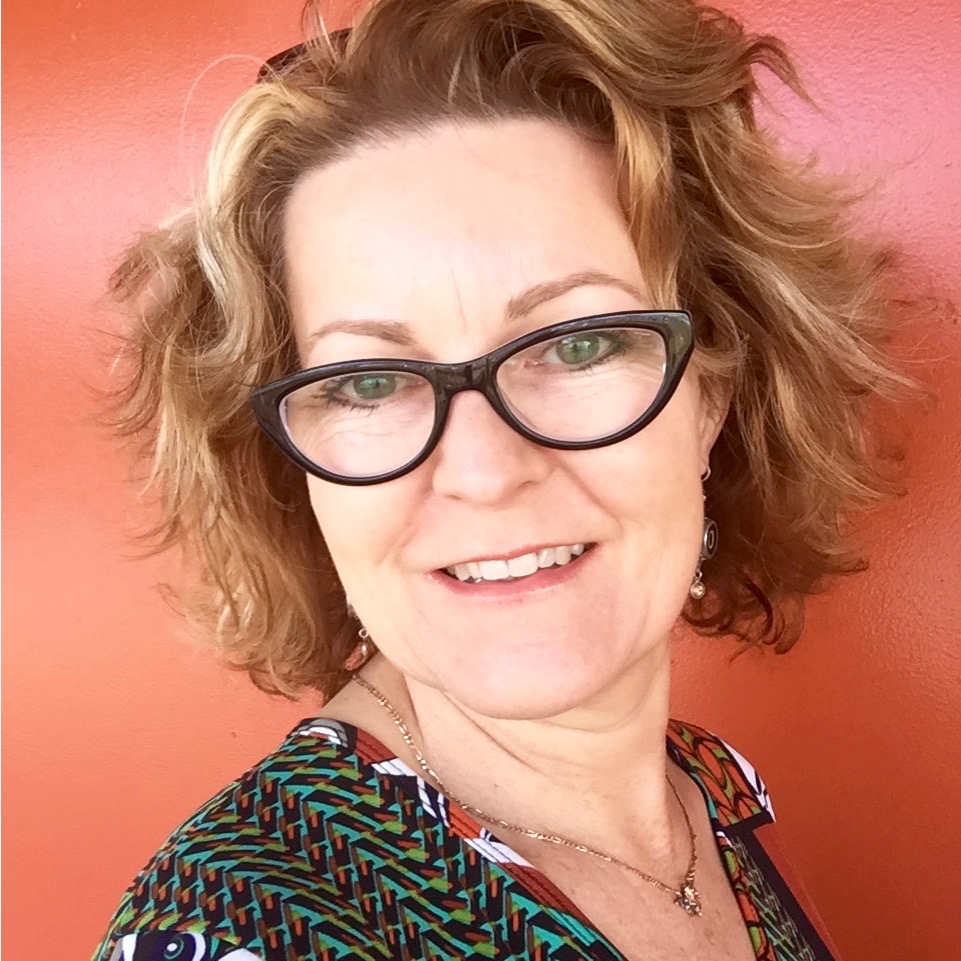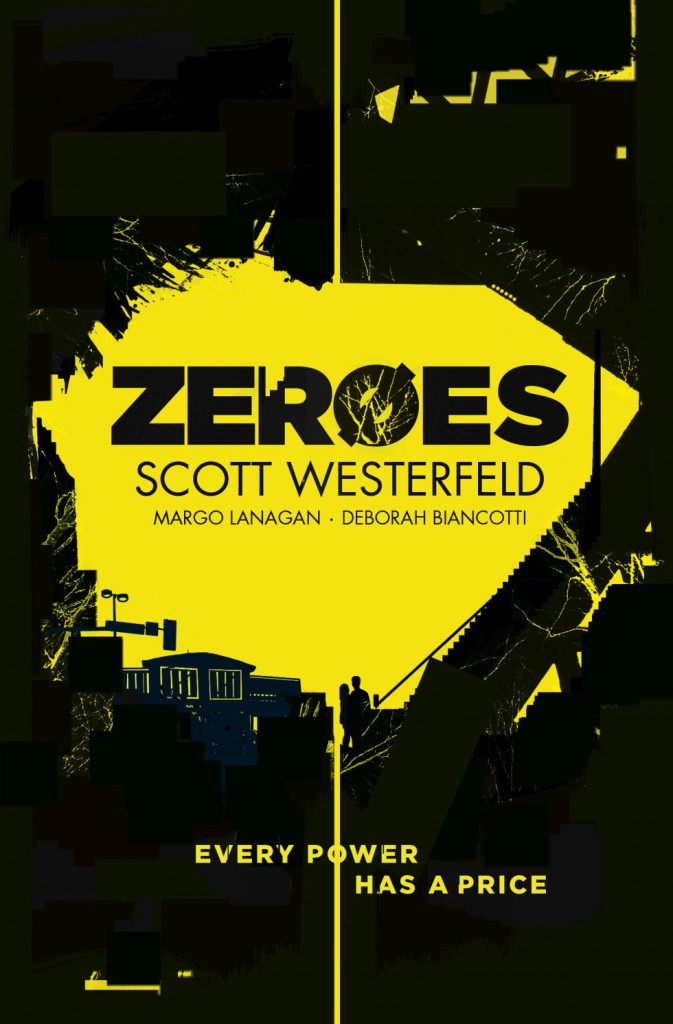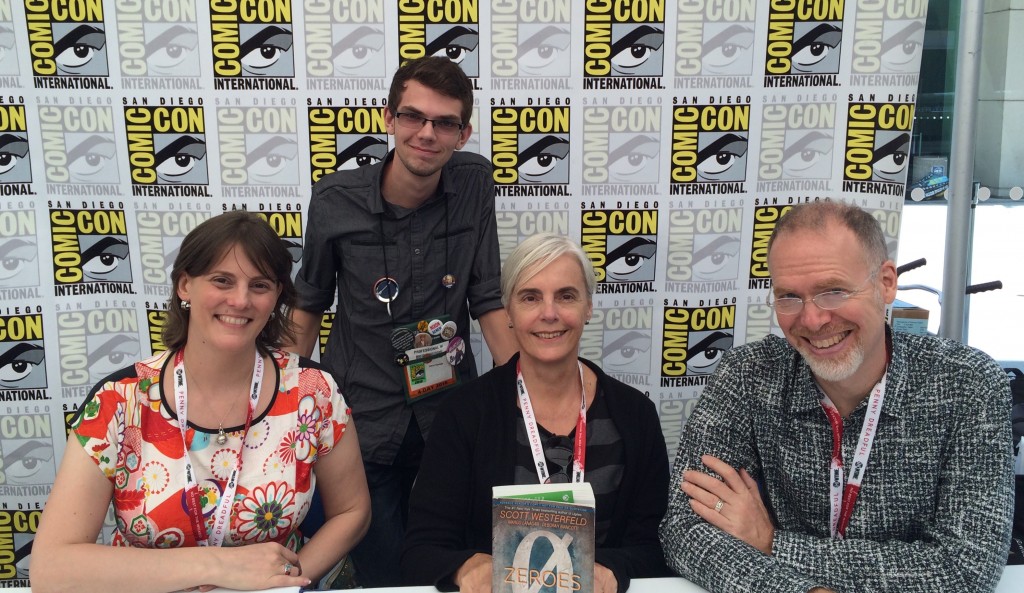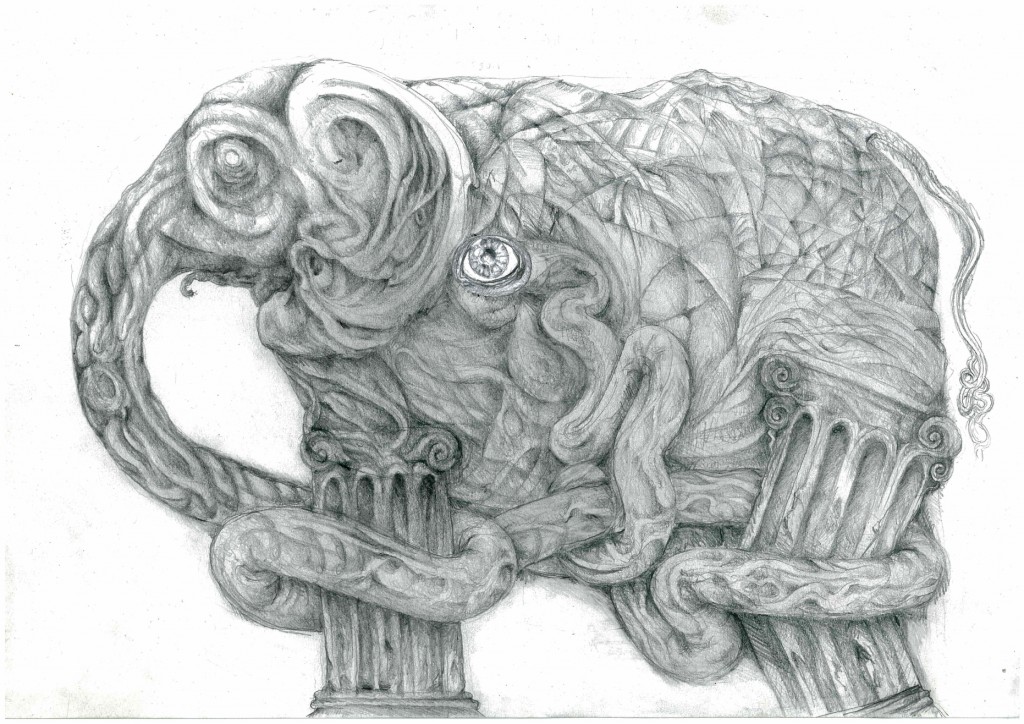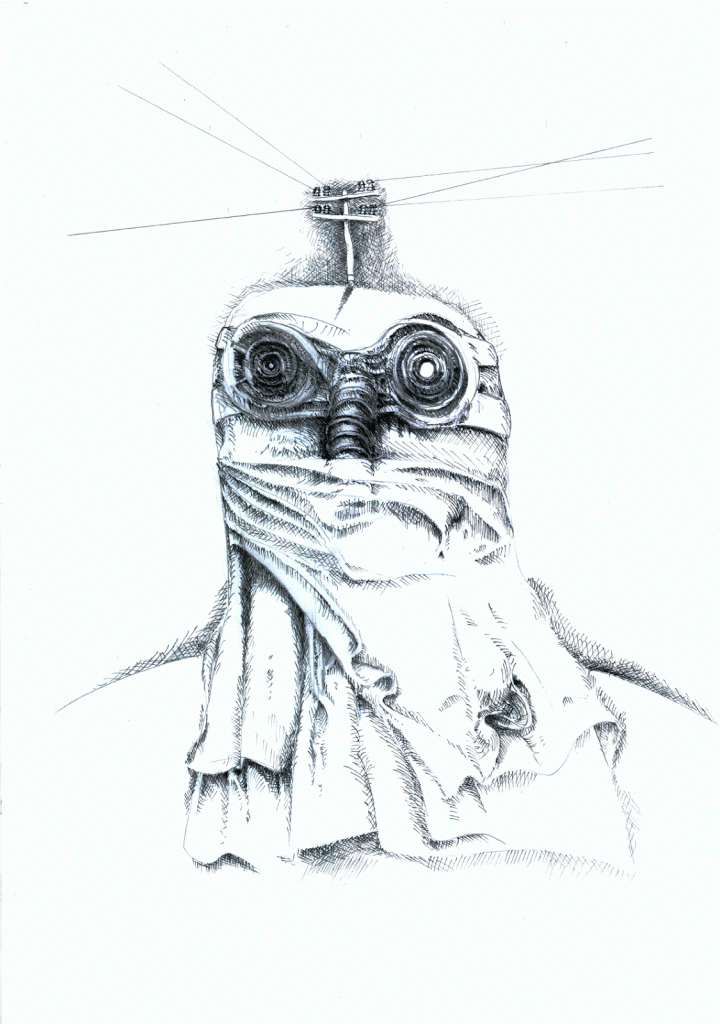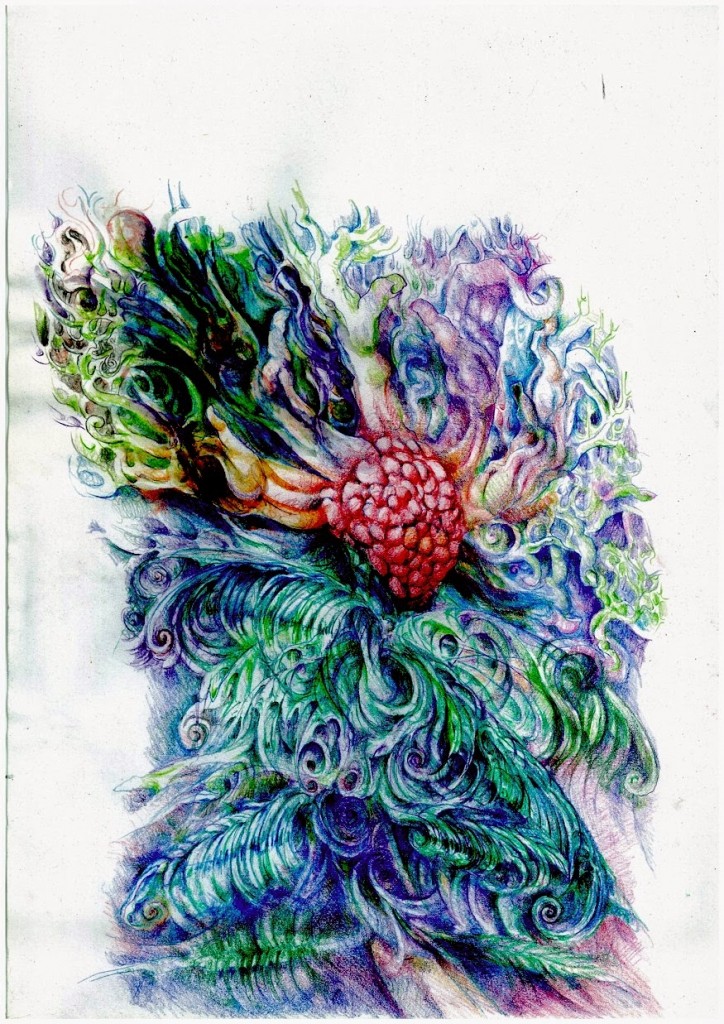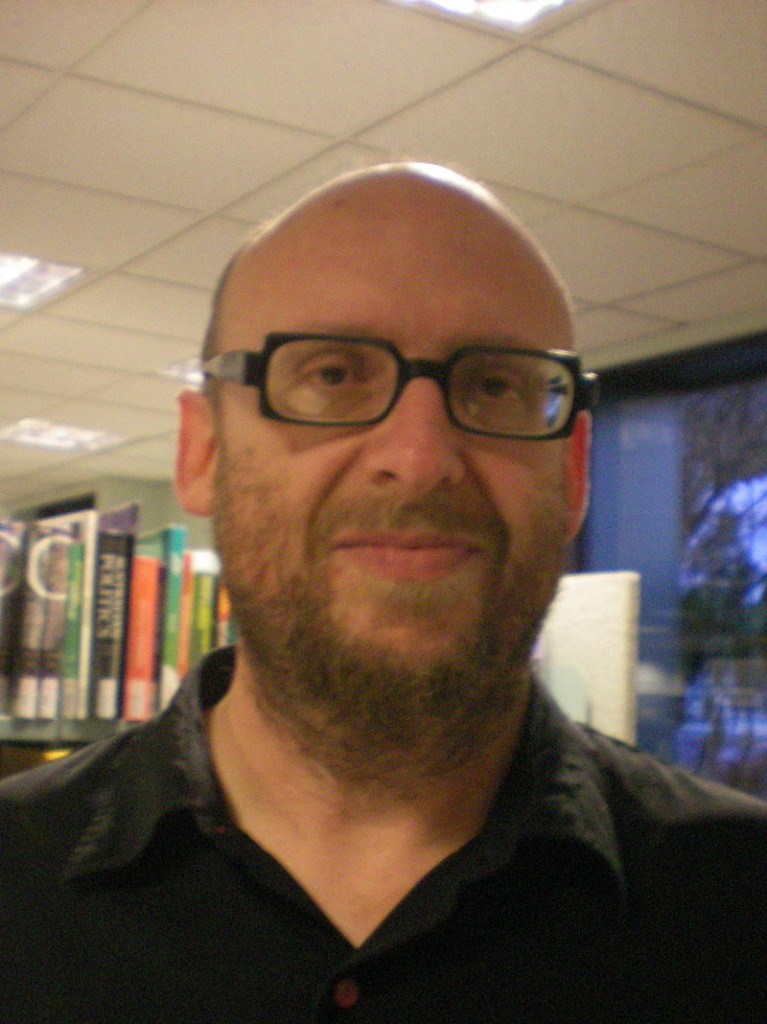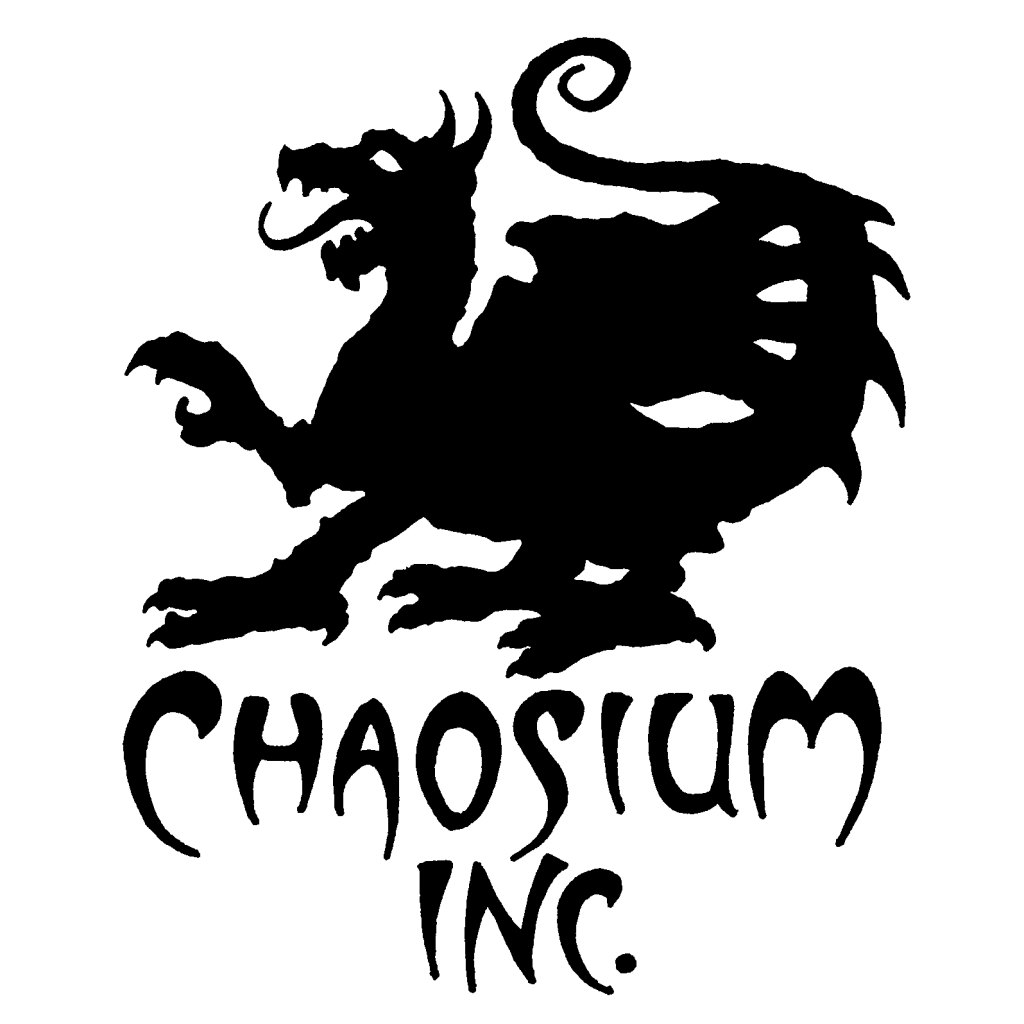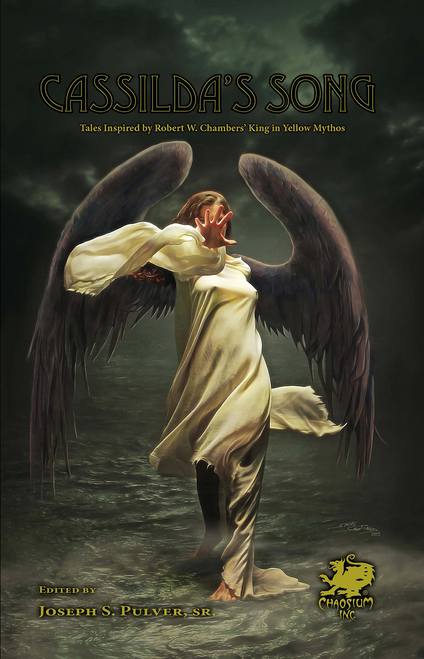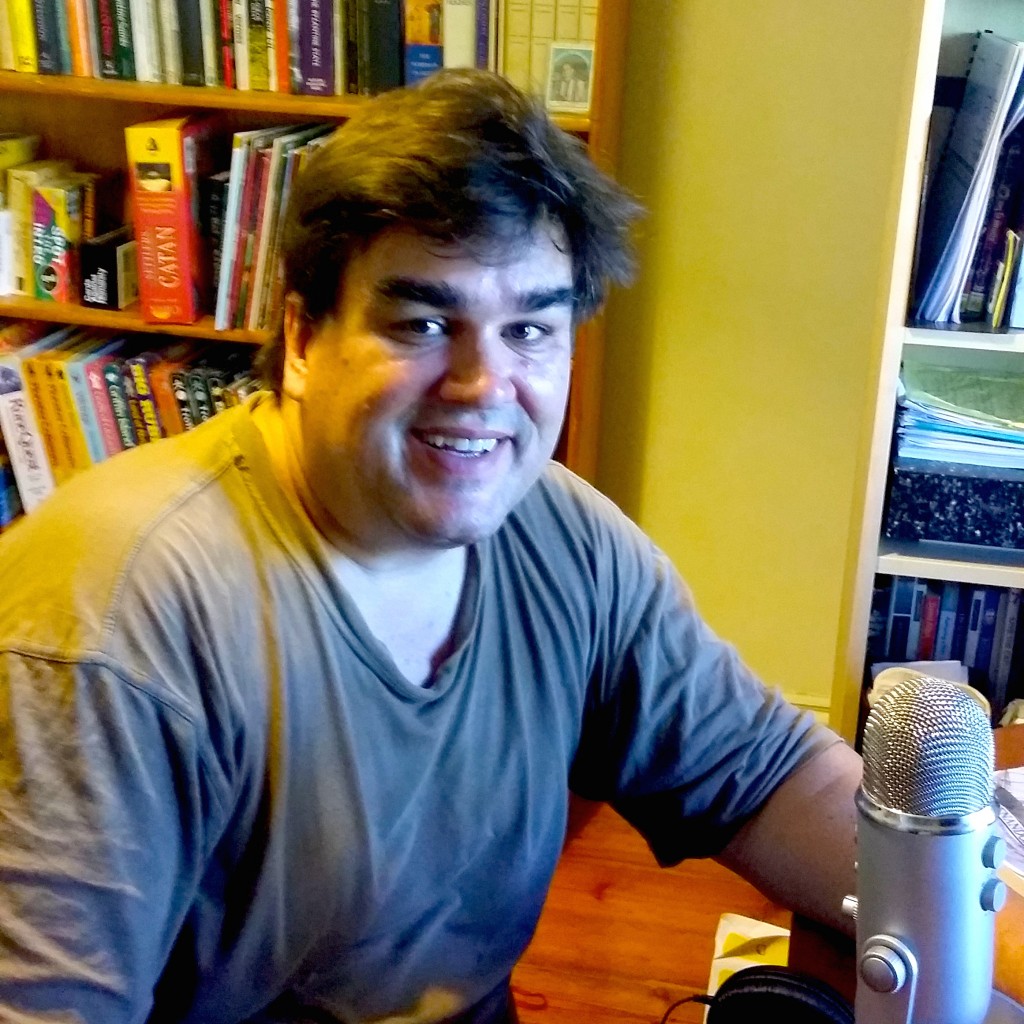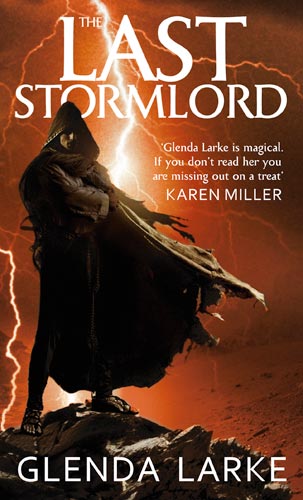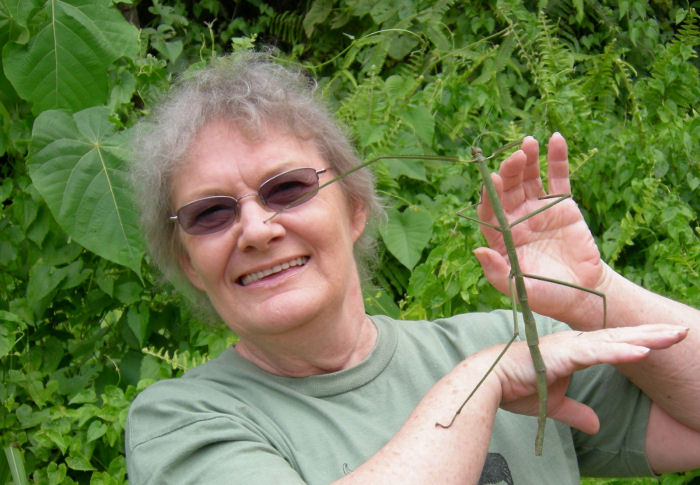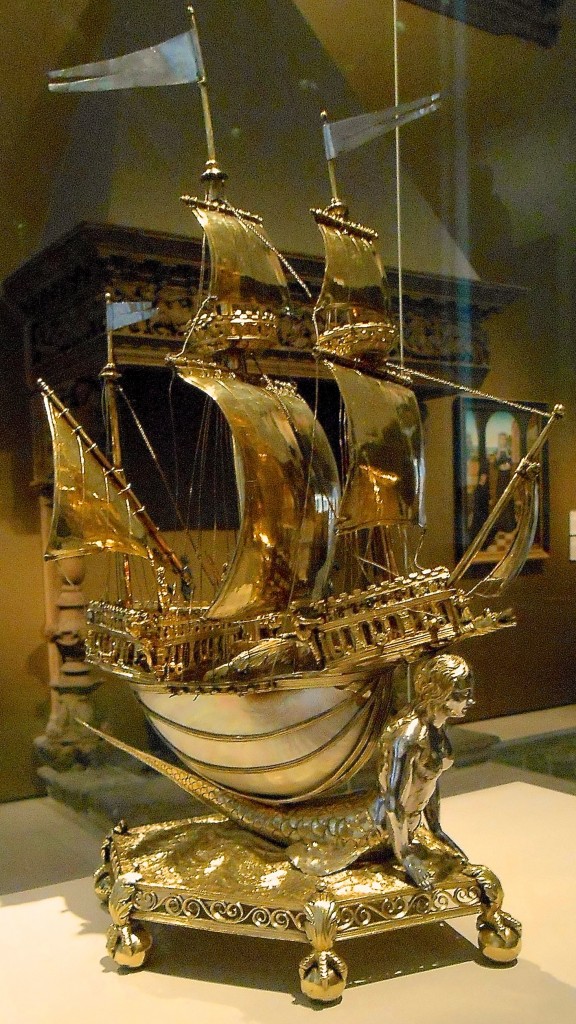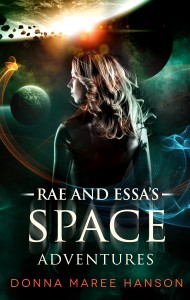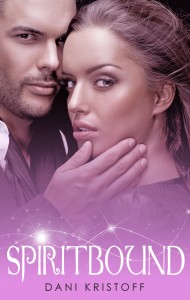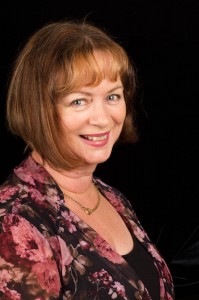Karen J Carlisle Blog Tour. A Fey Tale
Aunt Enid’s back, but something’s changed…
A deal with fairies… to solve a mystery… and prevent a war.
Enid Turner is invited to a picnic in honour of the creator of the world’s most famous detective, currently on a lecture tour in Adelaide, where they are caught in a web of treachery and betrayal from the Otherworlds.
It’s up to Aunt Enid and the Protectors, with a little help from the self-appointed Fairy Hunter, to solve the mystery, return the kidnapped heir and save the humans from Otherworldly retribution. It’s now a race to save the Earth from becoming a battleground for a magical war.
BOOK BLOG SPECIAL LAUNCH PRICE
Get A Fey Tale at 50% RRP
(via Smashwords – https://www.smashwords.com/books/view/1119230 )
Use VOUCHER CODE: YH63W (Exp: Jan 13, 2022)
- Your new novel is coming out Can you tell us a bit about it and about Auntie Enid
In book one, Aunt Enid : Protector Extrordinaire we meet (Great) Aunt Enid. A feisty seventy-something who loves to cook, crochet, is a regular at bingo and spends hours in her garden fussing over the colour of her hydrangeas. And is also a Protector, sworn to protect Earth from cryptids, creatures and dangers that spill into Adelaide from the Otherworlds.
So how are things different from book one?
A Fey Tale is a prequel. The story is set in Adelaide, September 1920 – one hundred years before Aunt Enid: Protector Extraordinaire. Enid is younger. She wants a normal life, to fall in love, have a family, to enjoy her birthday. But there are two problems:
1: she can’t let her beau, Owen, know she’s a Protector, and
2: the portals to the Otherworlds have been breached. A troll bounty hunter roams the streets, a Fae is on the loose.
There are answers to hints dropped in book one, and ‘origin’ stories of a few characters. And, yes, Enid’s bees are still buzzing around, and Red, the garden gnome, makes a cameo.
- Tell us a bit about yourself.
I’m an indie author and illustrator of speculative fiction – steampunk, Victorian mystery and fantasy.
When I was young I wanted to be a writer, an artist, a cinematographer, an astronaut, an astrophysicist, and Doctor Who’s next companion. I’m a massive (Classic and New) Doctor Who fan, and have all but one of the sonic screwdrivers. I’ve played D&D since 1978, did historical re-enactment for over two decades, and have been an active member in the steampunk community for over thirteen years. I’m a massive murder-mystery fan. I love Sherlock Holmes, Ngaio Marsh and Agatha Christie mysteries.
I live in Adelaide, and miss my ancient Devon Rex cat. In another life I was an optometrist, but always wanted to create.
I’ve had articles published in Australian Realms Roleplaying Magazine, had a short story featured in a 2016 Adelaide Fringe exhibition. I love writing Holmesian fiction, and have had stories published in both ‘Where’s Holmes?’ and ‘Where’s Holmes II’ anthologies. My darker side can be seen in ‘Doctor Jack’ and both ‘Deadsteam’ anthologies.
I occasionally write song lyrics and am fortunate to have Richard Ryall of Littmus Steampunk Band as my co-conspirator.
Most of all, I have a predilection for purple, steampunk, love dark chocolate, rarely refuse a cup of tea, and hate South Australian summers.
- What is your writing process? do you write everyday? Do you throw a lot away? Are you a planner or a panster?
I try to write every day. It doesn’t always happen. When I can’t write, I draw, sew, crochet, design (often book-related) or research, which usually results in more story ideas and copious notes I hope I can decipher on a better day.
Often I’ll binge-write for a few days, then take a few days to recover spoons (as in Spoon Theory). If I can do 1000 words a day, I’m happy. 1500 words, and I’m ecstatic (and exhausted).
I used to be a pantser, which is problematic when writing even a simple mystery. With each book, I’ve planned a little more, but I’m still a pantser at heart.
An idea for a scene or character can be sparked by almost anything. When I have at least three scenes, beginning and end (or the characters demand to be heard), I slap sticky notes with the existing plot points on the cupboard, start at one and start writing to the next. I’ll add sticky notes with clues, and new threads to pick up on in later chapters.
I find handwriting helps the creative process. The scientist in me says it’s because it activates more areas of the brain (the artist in me just loves buying gorgeous notebooks).
- How do you go with social media?
Ah, social media. I’m a visual person, so Instagram and YouTube works for me. I have an author page on Facebook and am on twitter. I also post research and inspiration pics on Pinterest.
As a result, I don’t write blog posts as often as I should. When I discovered how to ‘re-post’ from IG and my website to other social media, it was a godsend!
I’m slowly coming to grips with technology. More recently I’ve done more livestreams via YouTube and FB. (It also forces me to tackle public speaking. Eep!) I just have to work out how to not have a panic attack each time.
- Any tips on how to use it to increase book sales?
If only! I’m still trying to crack that one. I have a non-existent budget, so welcome tips. I find being genuine is crucial. I hope to provide a good story (with good editing), treat readers how I’d want to be treated.
The hardest part is ‘getting seen’. I’m not great in crowds, so I’ve found this year’s uptick in online events has been a bonus for me. I also do book blog tours, like this one.
Some indie authors only do Amazon/Kindle. Personally, I subscribe to the ‘not all eggs in one basket’ theory of publishing. I publish both paperback and eBooks, to many online stores, with eBooks available in many formats, so they’re more readily available.
With social media, it’s important to give readers an insight to the ‘real me’, not just sell books all the time. If you follow me, you’ll know I love chocolate, tea, gardening (though don’t get to do it as often as I’d like), and love books.
I have a monthly newsletter, to let readers know about upcoming books, events etc. https://karenjcarlisle.com/sign-up-email-list/
I also do BOOK BLOG SPECIAL LAUNCH PRICE, like this: (and hope readers will leave a review, and recommend to friends. 😉 )
Get A Fey Tale at 50% RRP
(via Smashwords – https://www.smashwords.com/books/view/1119230 )
Use VOUCHER CODE: YH63W (Exp: Jan 13, 2022)
- What are 3 art works (books, music visual arts films etc) that have most inspired you?
When in writing-mode, I often binge watch movies and TV shows like Poirot, Miss Marple, Miss Fisher, and TV shows or movies set in 19th C, I can access at the time, like Murdoch Mysteries, Sherlock Holmes (I have various versions on DVD), The Nevers… Anything set in places or eras I’m currently writing, to get into a mood and hear the noises (thankfully smell-a-vision doesn’t exist).
For writing in general: Agatha Christie, Sherlock Holmes (mysteries), and Gail Carriger (‘Comedy of Etiquette’ steampunk) have been big influences.
Different stories have different inspirations. Songs feature high on the inspiration list, as do documentaries. Songs create a mood, which kickstarts the process. For ‘Doctor Jack’, I was watching Ripper documentaries and the song ‘Behind Blue Eyes’ by The Who came on the radio – the villain always considers themselves the hero of their own story. Ancient Egypt documentaries and art inspired ‘Eye of the Beholder’.
Aunt Enid was inspired by childhood memories of our old Wolseley car, my own Great Aunt Enid cooking lemon butter (and her hydrangeas), and my beloved grandmother – so cars, cooking, and gardening. They count as art forms, don’t they?
LINKS
Website: www.karenjcarlisle.com
Patreon: https://www.patreon.com/KarenJCarlisle
Ko-fi: https://ko-fi.com/karenjcarlisle
Newsletter: https://karenjcarlisle.com/sign-up-email-list/
Books2Read: https://books2read.com/ap/nmAy7z/Karen-J-Carlisle
Social Media
Instagram: https://www.instagram.com/karenjcarlisle/
Facebook: https://www.facebook.com/KarenJCarlisle
Twitter: https://twitter.com/kjcarlisle
Pinterest: http://pinterest.com/riverkat42/
Book blog Hashtags:
#A Fey Tale, # Aunt Enid Mysteries, #KarenJCarilsle
